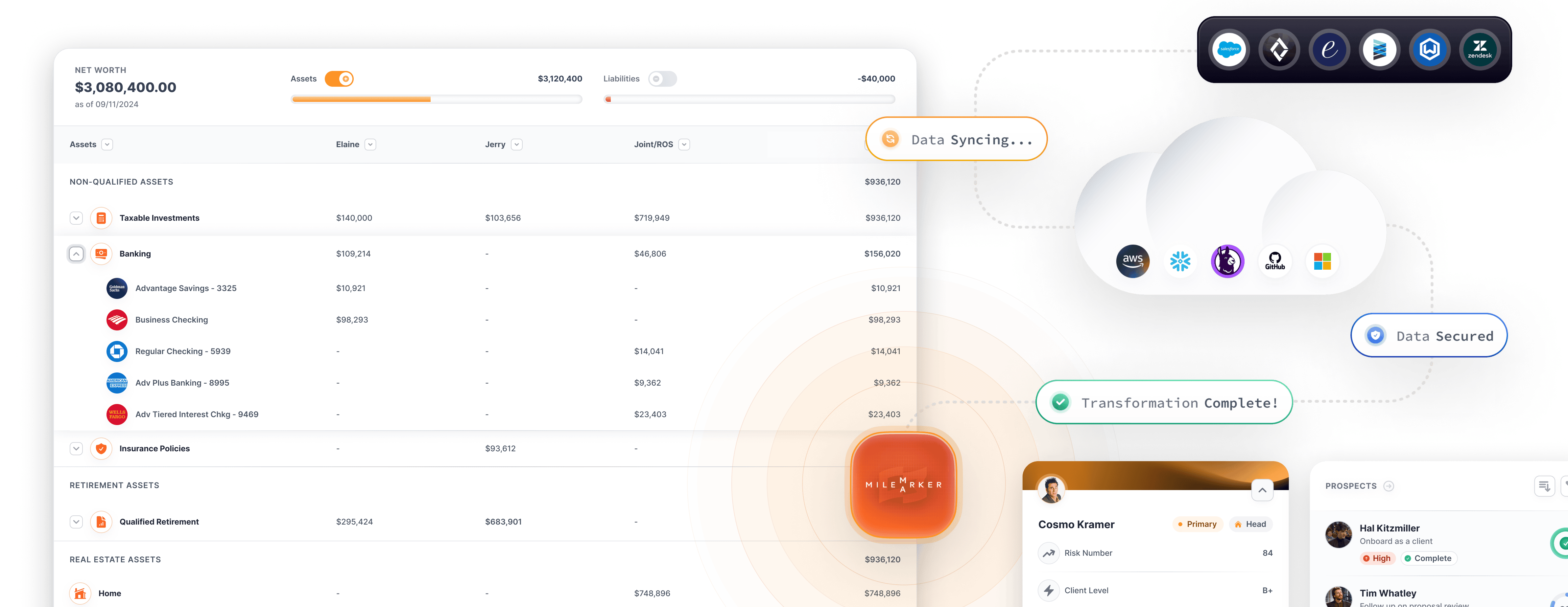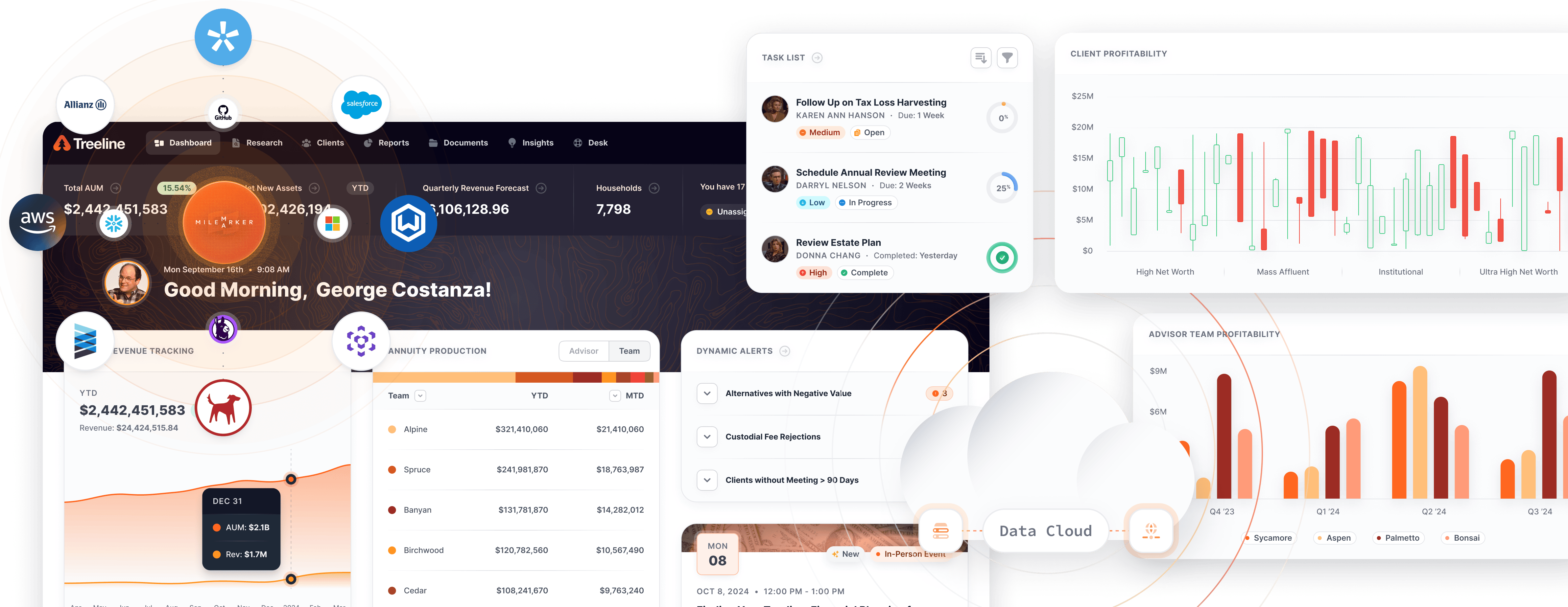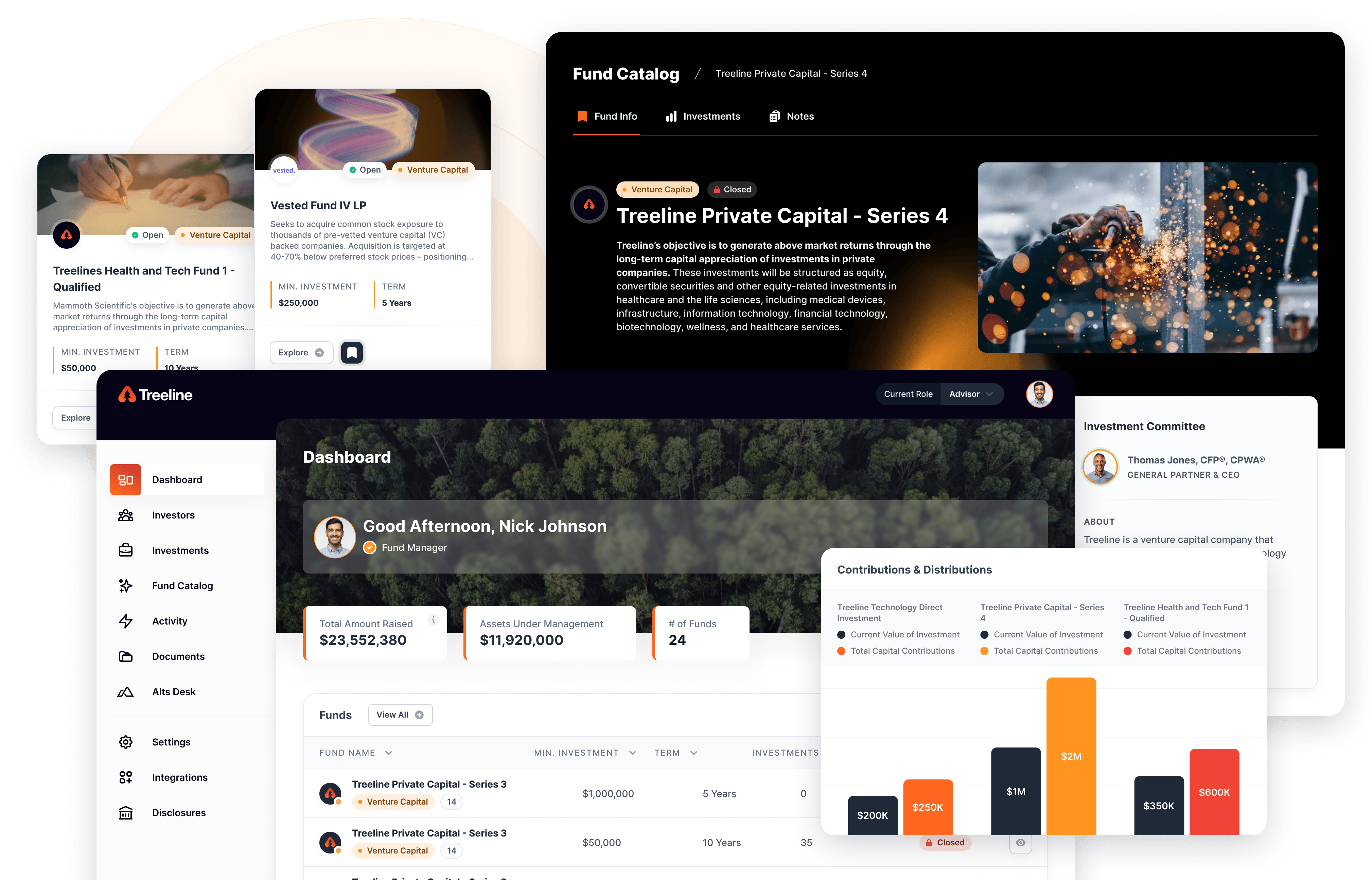Data Streaming and Data Warehousing: The Fintech Stack of Tomorrow

Financial advisors should be well-versed in data streaming and data warehousing to maintain a competitive edge and provide superior service to their clients. In this piece, we’ll define “data streaming” and “data warehousing,” explain how they function and explain why financial advisors need to adopt these tools now to ensure their future success.
Quick Definitions
The terms “data streaming” and “data warehousing” must be defined before proceeding. The term “data streaming” describes continuously gathering and analyzing massive amounts of data in near-real time. Information like this can be collected from a wide range of resources, including social media, financial markets, and advisors’ primary technological tools (such as customer relationship management (CRM) and financial planning (PFP) platforms. By analyzing and reacting to changes in the data in real-time, businesses can take advantage of opportunities as they arise with the help of data streaming.
On the other hand, data warehousing entails amassing and storing information in a standardized format for future use, typically via a database. The ability to access and analyze data from multiple sources, including transactions, customer interactions, and market trends, is a key benefit of data warehousing.
Utilization
To what end do financial advisors need to spend money on such tools? Businesses are now better able to store and analyze massive amounts of data thanks to the proliferation of cloud computing and data storage. Because of this, companies that provide financial services and are driven by data succeed more than their counterparts. McKinsey found that businesses that make decisions based on quantitative data were 23 times more likely to bring in new customers, 6 times more likely to hold on to existing ones, and 19 times more likely to turn a profit.
Financial advisors can use data streaming and data warehousing to learn more about their clients and provide better service, in addition to the competitive advantage of data-driven decision-making. By integrating data from multiple sources, advisors can better serve their clients by gaining a more holistic understanding of their financial situations and needs.
Also, using data streaming and data warehousing can help financial advisors meet regulatory requirements, such as the requirement to report suspicious activity to the Financial Crimes Enforcement Network (FinCEN). By constantly analyzing data in real-time, financial advisors can find suspicious activity and report it more quickly and accurately.
Getting Started
So how can financial advisors get started with data streaming and data warehousing? Depending on the size and needs of the financial advisory firm, several options exist. One option is to use cloud-based data streaming and warehousing services, such as Amazon Web Services (AWS) or Microsoft Azure. These services offer a range of tools and services for collecting, storing, and analyzing data and can be easily scaled up or down as needed.
Another option is to build and maintain in-house data streaming and warehousing systems. This can be harder and more expensive, but it may be necessary for more significant financial advisory firms that need more specialized data. In either case, it’s important for financial advisors to carefully think about what data they need and choose the solution that best meets their needs.
Conclusion
In conclusion, data streaming and data warehousing are essential technologies that financial advisors should invest in for the future success of their businesses. By using these technologies to analyze data from different sources, financial advisors can make decisions that are better informed and more personalized, meet regulatory requirements, and stay competitive in an industry that is changing quickly.















